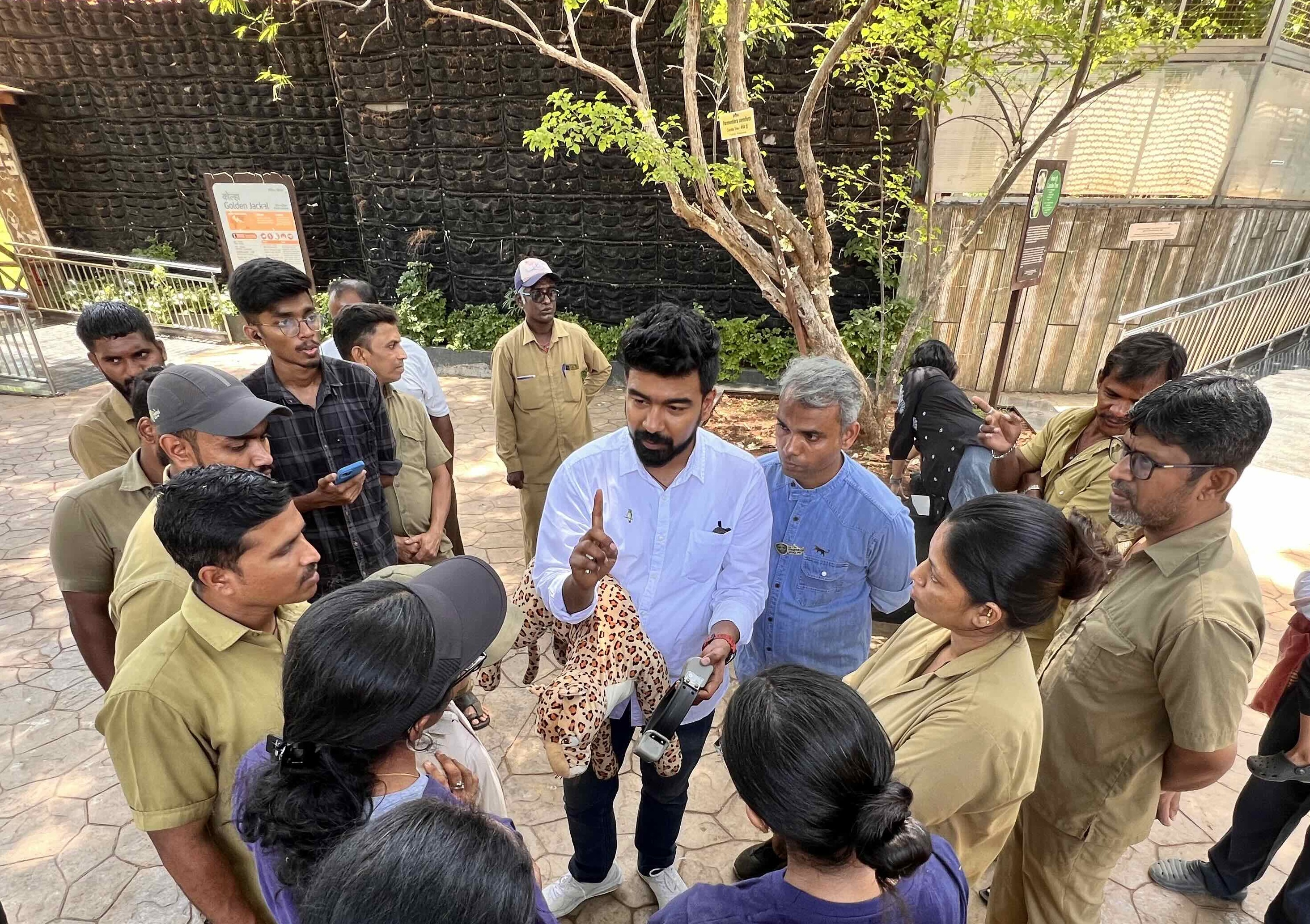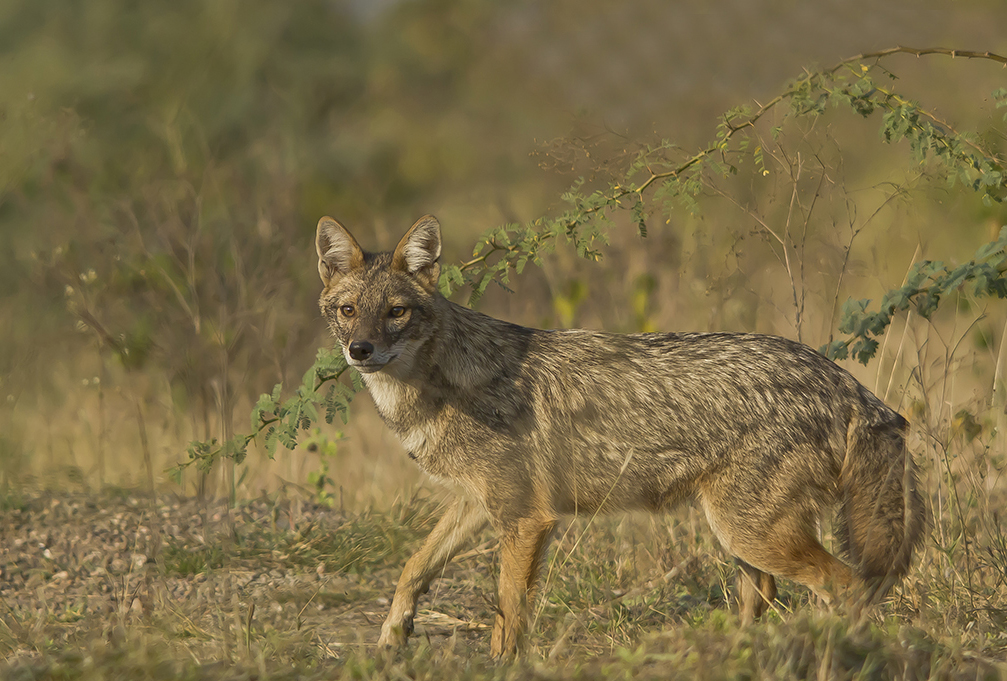Human-wildlife interactions in urban and peri-urban spaces are complex, ranging from conflict to co-existence. Shaped by a host of ecological, social, and cultural factors, these interactions are especially pronounced in developing countries like India, where rapid urbanisation increasingly intersects with rich biodiversity. Over the past 15 years, our work in the Mumbai Metropolitan Region (MMR) has placed us at the forefront of this field—particularly with leopards—demonstrating that management interventions guided by scientific evidence can lead to effective, sustainable outcomes.
Mumbai has emerged as a global case study in urban ecology, where large carnivores like leopards are found in a protected area situated right in the heart of one of the world’s most densely populated cities. Our long-term research has shown that reactive or fear-driven responses often exacerbate conflict. In contrast, our collaborative approach—working with Forest Departments, local communities, educational institutions, and media—has promoted science-based, proactive strategies that reduce conflict and foster coexistence. This model has informed both state and national guidelines on human-leopard conflict and highlighted the value of evidence-based, collaborative conservation.

This work continues, as we now focus on equipping the Forest Department with updated leopard density data to strengthen ongoing management efforts and refine policy decisions.
Building on our learnings with leopards, we are now expanding our scope to study other urban-adapted wildlife, such as bonnet macaques and golden jackals—species that represent a different, yet equally important, facet of human-wildlife interactions in the city.

The bonnet macaque, once largely restricted to peninsular India's forested landscapes, has emerged as a striking example of a primate thriving in human-modified environments. In Mumbai, bonnet macaques are found in residential areas and at the boundaries of protected areas. Our ongoing research investigates how these primates navigate and adapt to life in the city. By fostering awareness, promoting tolerance, and reducing negative interactions, this project seeks to support coexistence between bonnet macaques and the people who now share space with them.
_13.jpg?ver=2T3pY43GQ9ytvPSFaqQLew%3d%3d)
Our work with golden jackals in the mangroves of MMR represents another first-of-its-kind study. Focused on assessing jackal-human interactions, this research shows that golden jackals mostly avoid humans by being active at night and during early morning or evening hours. As top predators in the urban mangrove ecosystem, jackals play a critical role through predatory and scavenging behaviours, as captured in both camera trap data and community interviews.
Preserving Mumbai's urban ecosystems with golden jackals as key players requires deeper knowledge of their movement ecology, human interactions, and the health dynamics within these increasingly shared spaces.

Ultimately, our work across these species aims to support wildlife managers in making informed, science-based decisions in diverse urban contexts. By acknowledging that human-wildlife interactions span a spectrum—from negative to positive—we strive to deepen our understanding of coexistence and guide interventions that reduce conflict, conserve biodiversity, and ensure that both people and wildlife can thrive in our rapidly urbanising world.